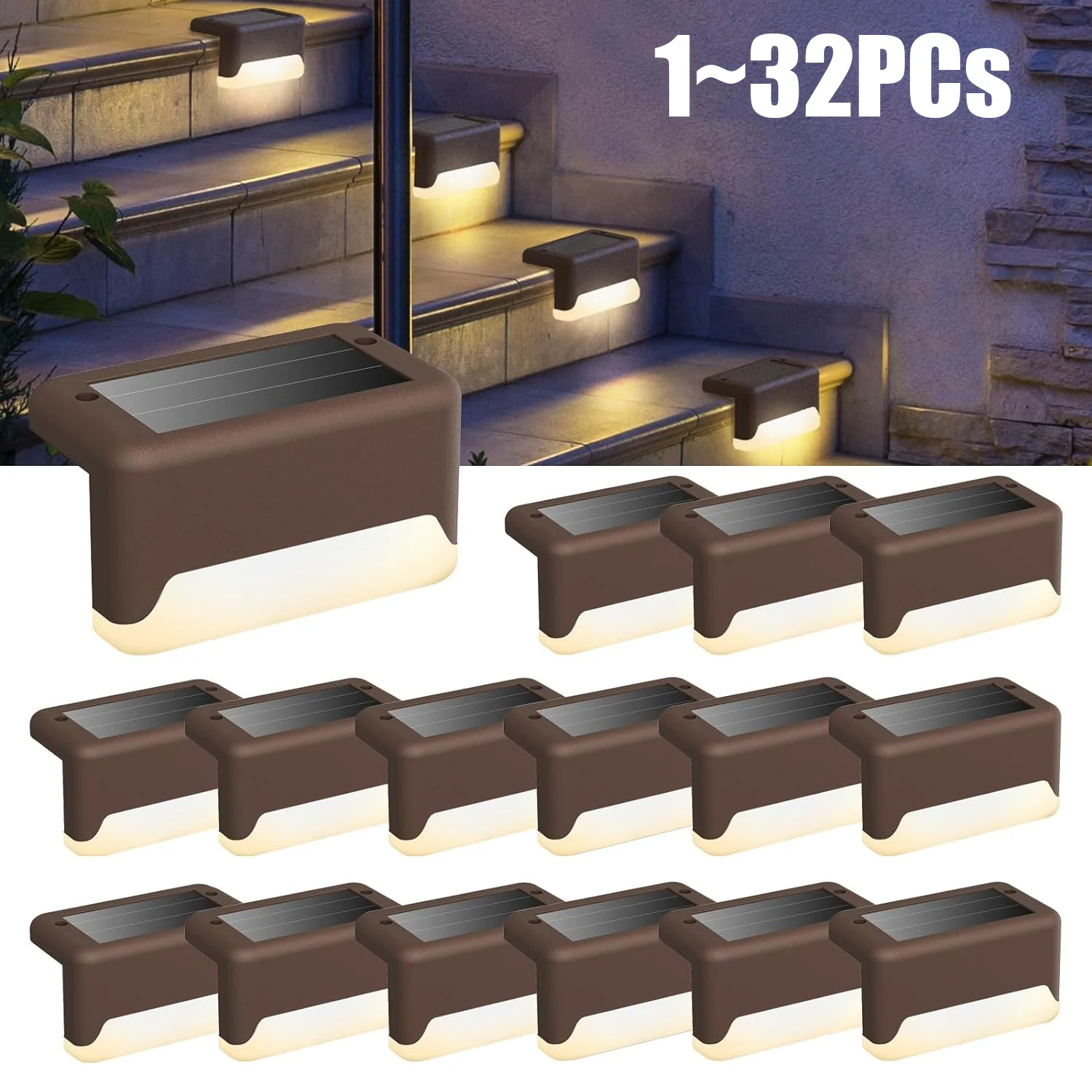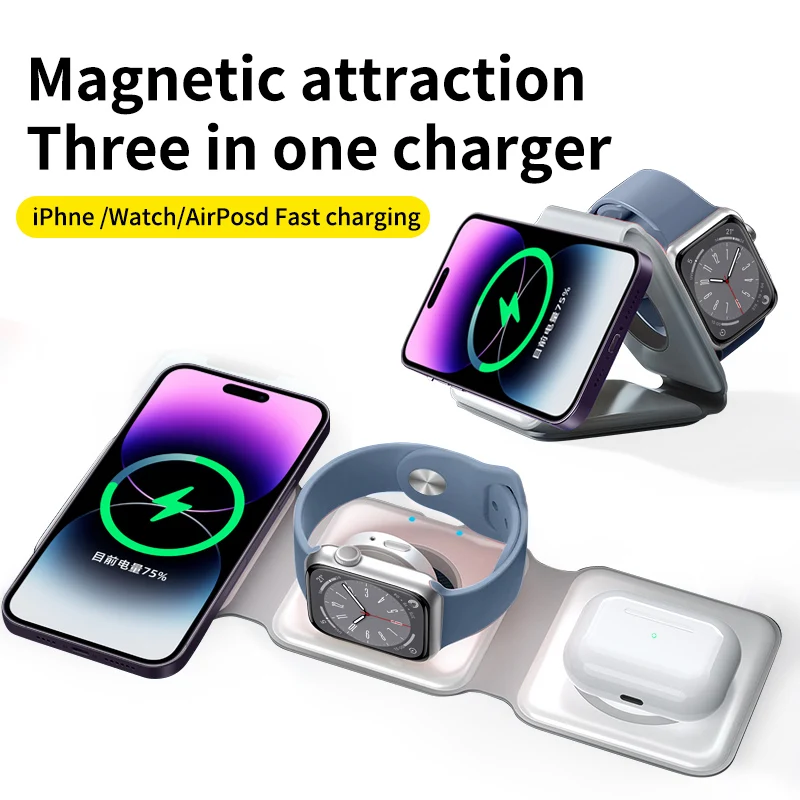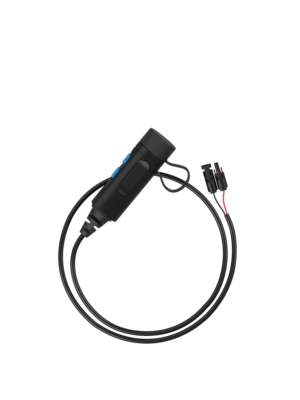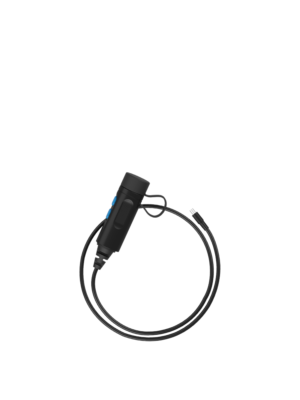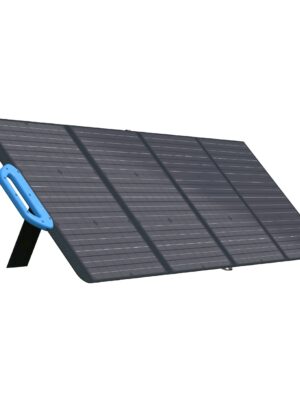Watch a tripod robot test its asteroid leaping skills Leave a comment
Before astronauts leave Earth’s gravity for days, weeks, or even months at a time, they practice aboard NASA’s famous parabolic flights. During these intense rides in modified passenger jets, trainees experience a series of stomach-churning ups and downs as the aircraft’s steep up-and-down movements create zero-g environments. Recently, however, a robot received similar education as their human counterparts—potentially ahead of its own journeys to space.
A couple years back, eight students at ETH Zürich in Switzerland helped design the SpaceHopper. Engineered specifically to handle low-gravity environments like asteroids, the small, three-legged bot is meant to (you guessed it) hop across its surroundings. Using a neural network trained in simulations with deep reinforcement learning, SpaceHopper is built to jump, coast along by leveraging an asteroid’s low-gravity, then orient and stabilize itself mid-air before safely landing on the ground. From there, it repeats this process to efficiently span large distances.
But it’s one thing to design a machine that theoretically works in computer simulations—it’s another thing to build and test it in the real-world.
Sending SpaceHopper to the nearest asteroid isn’t exactly a cost-effective or simple way to conduct a trial run. But thanks to the European Space Agency and Novespace, a company specializing in zero-g plane rides, the robot could test out its moves in the next best thing.
Over the course of a recent 30 minute parabolic flight, researchers let SpaceHopper perform in a small enclosure aboard Novespace’s Airbus A310 for upwards of 30 zero-g simulations, each lasting between 20-25 seconds. In one experiment, handlers released the robot in the middle of the air once the plane hit zero gravity, then observed it resituate itself to specific orientations using only its leg movements. In a second test, the team programmed SpaceHopper to leap off the ground and reorient itself before gently colliding with a nearby safety net.
Because a parabolic flight creates completely zero-g environments, SpaceHopper actually made its debut in less gravity than it would on a hypothetical asteroid. Because of this, the robot couldn’t “land” as it would in a microgravity situation, but demonstrating its ability to orient and adjust in real-time was still a major step forward for researchers.
[Related: NASA’s OSIRIS mission delivered asteroid samples to Earth.]
“Until that moment, we had no idea how well this would work, and what the robot would actually do,” SpaceHopper team member Fabio Bühler said in ETH Zürich’s recent highlight video. “That’s why we were so excited when we saw it worked. It was a massive weight off of our shoulders.”
SpaceHopper’s creators believe deploying their jumpy bot to an asteroid one day could help astronomers gain new insights into the universe’s history, as well as provide information into our solar system’s earliest eras. Additionally, many asteroids are filled with valuable rare earth metals—resources that could provide a huge benefit across numerous industries back at home.
Please Support Our Sponsors
Solar Power Generator Discounts Along With Free Shipping
- 10% OFF for Jackery Solar Generator 2000 Pro Series with code "JADEAL"
- 10% OFF for Jackery SolarSaga 200W Solar Panel with code "JADEAL"
- 10% OFF for Jackery Solar Generator 1500 Series with code "JADEAL"
- 10% OFF for Jackery Solar Generator 1000 Series with code "JADEAL"
- 10% OFF for Jackery Explorer 1500 Portable Power Station with code "JADEAL"
- 10% OFF for Jackery Explorer 1000 Pro Portable Power Station with code "JADEAL"
- 10% OFF for Jackery Explorer 500 Pro Portable Power Station with code "JADEAL"
- 10% OFF for Jackery Explorer 300 Pro Portable Power Station with code "JADEAL"
- 10% OFF for Jackery SolarSaga 100W Solar Panel with code "JADEAL"

The University of Georgia is represented by the Georgia Bulldogs . The Bulldogs participate in the Southeastern Conference's (SEC) Eastern Division of the NCAA.
They play their home games in the storied Sanford Stadium in Athens, Georgia. The first season in Georgia was in 1892. In 1942, 1980, and 2021, the Georgia Bulldogs won three national championships.
The Georgia Bulldogs have additionally been crowned the National Champion in four additional seasons by at least one polling organization (1920, 1927, 1946 and 1968).
The Georgia Bulldogs are tied for second place in conference history with their 15 conference titles, including 13 SEC titles, and their 59 bowl appearances, which ranks second all-time.
In addition, the program has produced five top picks in the National Football League (NFL) draft, two Heisman Trophy winners, numerous winners of various national honors, and many others.

Longhorns football represents the University of Texas in Austin often known as Texas, UT or the Texas Longhorns. The Longhorns represent the Big 12 Conference in the NCAA Division. They play in Austin, Texas, at the Darrell K. Royal-Texas Memorial Stadium.
The Texas Longhorns are ranked third and seventh, respectively, in terms of all-time wins and win-loss records, with over 900 victories and an overall win-loss percentage of.705.
The legendary program also boasts four national titles, 32 conference titles, 100 First Team All-Americans, and two Heisman Trophy winners.
Get your Texas Longhorns Revival T-Shirt today. The Texas Longhorns Rustic Revival shirt is also a fan favorite.
Many college sports fans like to wear their gear all around town, get your Texas Longhorns Centered gear and show your support.


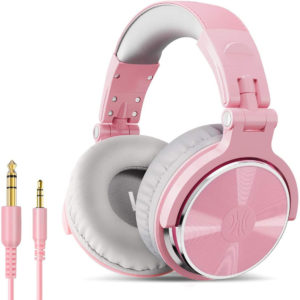


 Gettr
Gettr



